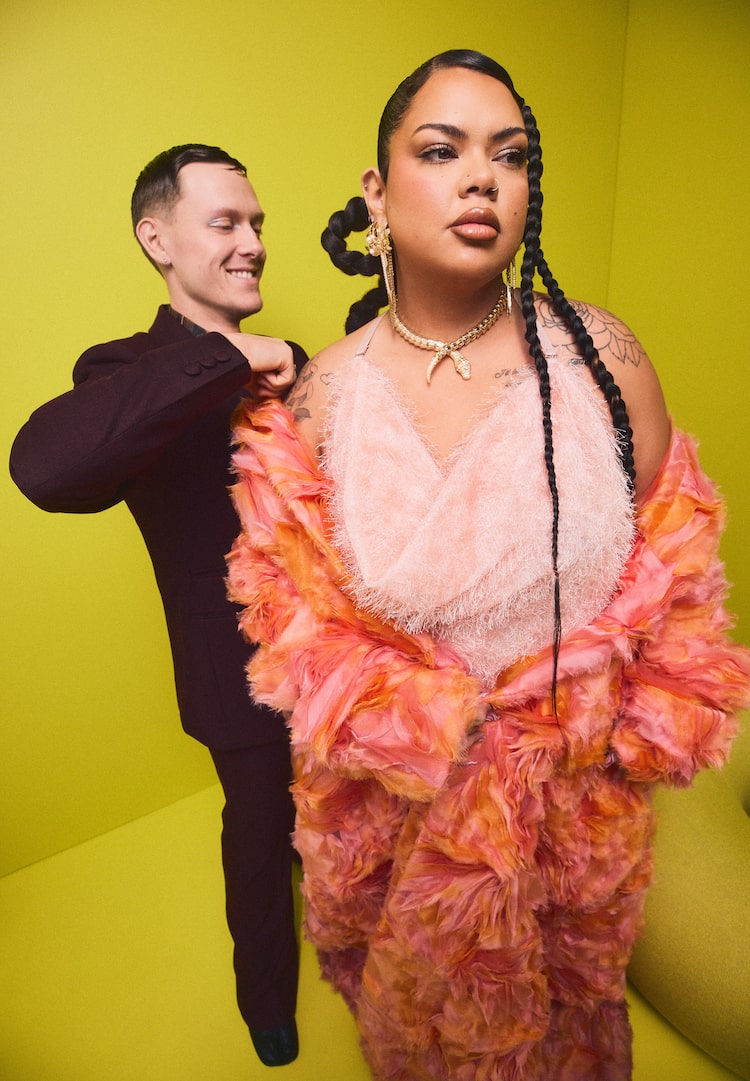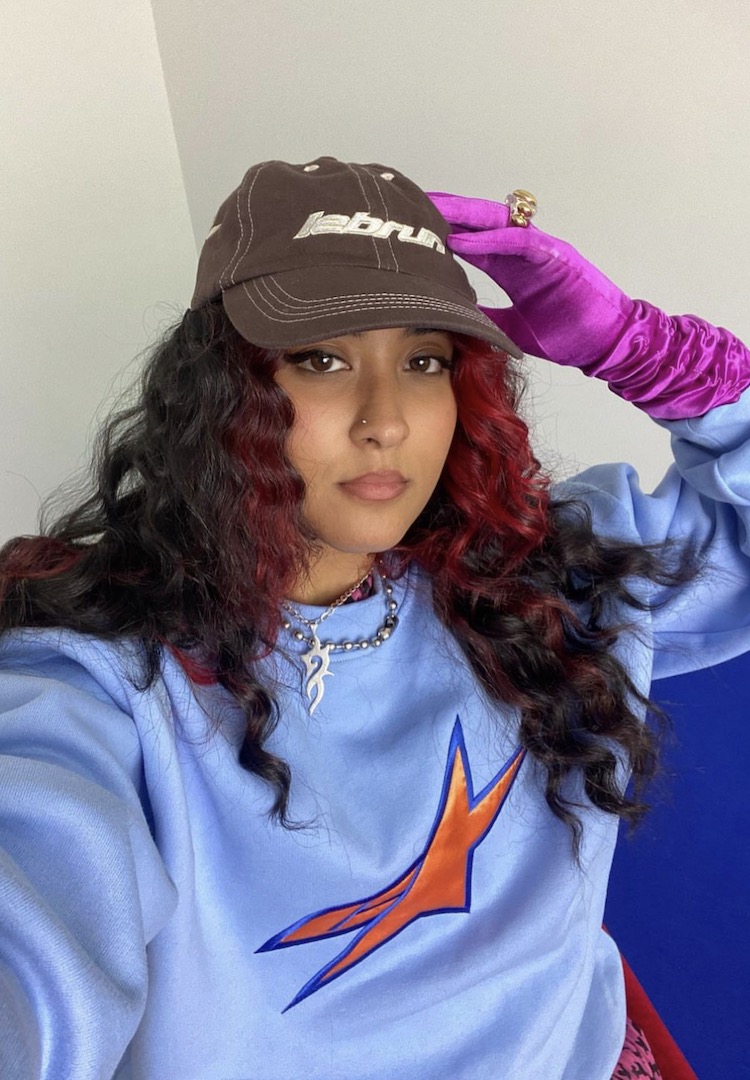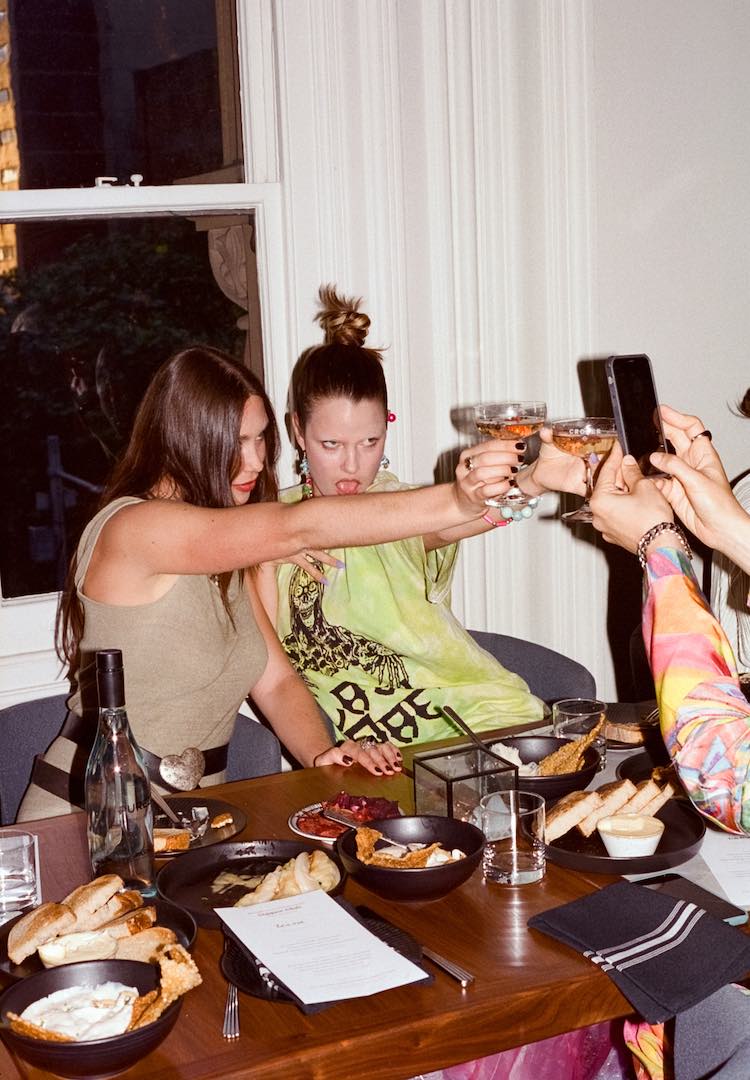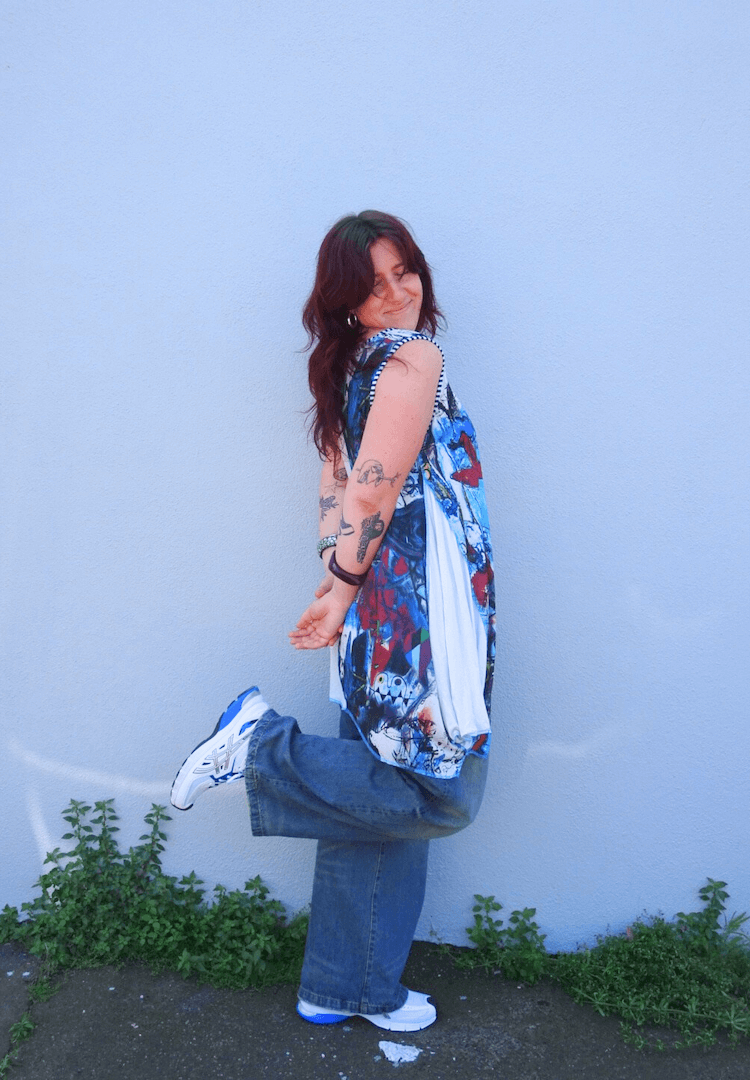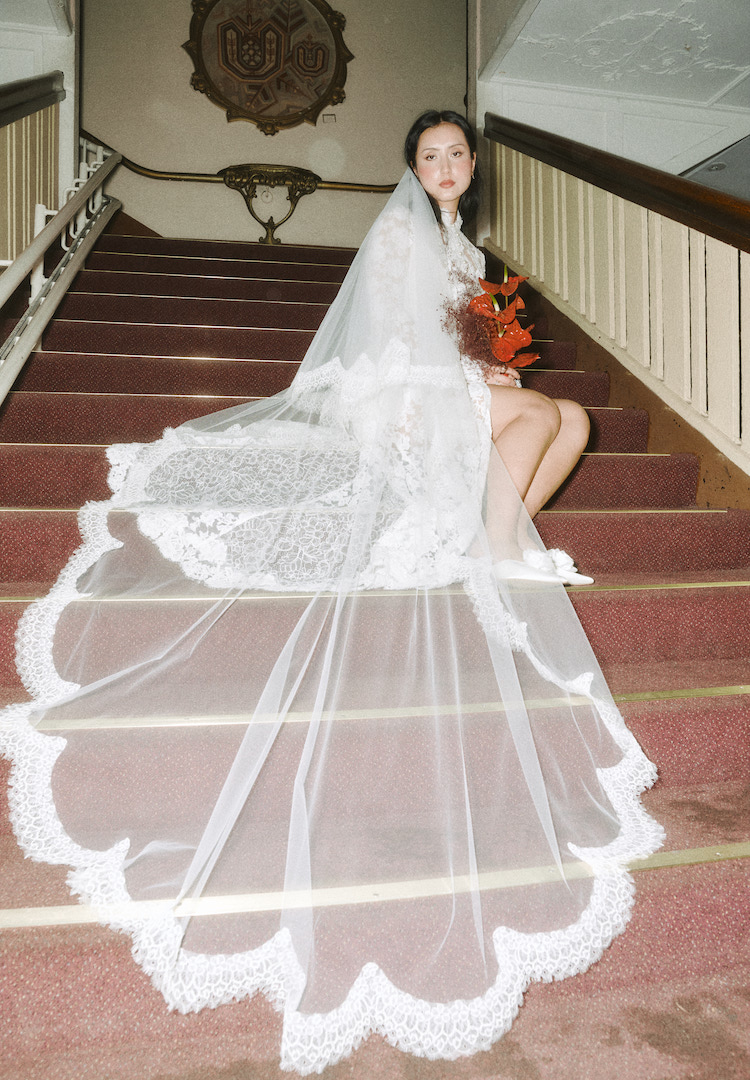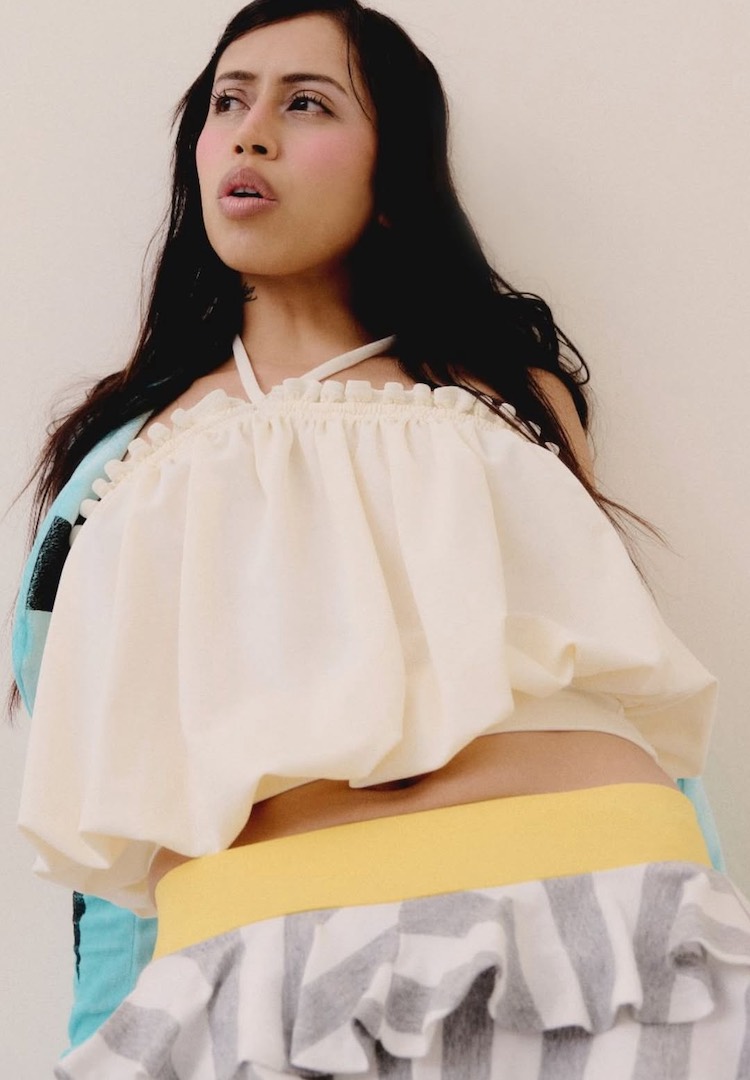Recession-core: How Australian fashion is changing in the face of economic downturn
WORDS BY IZZY WIGHT
“As we hurtle towards a likely financial crisis, it’s becoming clear that its effects will seep into every corner of our lives – including our wardrobes.”
On June 15, it was announced New Zealand had officially entered a recession. Rising interest rates, cyclonic weather and lower household spending culminated in two consecutive quarters of gross domestic product shrinkage – and experts are predicting Australia might be heading in the same direction.
Those too young to remember the 2007/2008 global financial crisis are now grappling with the all-encompassing effects of a severe economic downturn. Times are undoubtedly tough, purse strings are tightening and retail spending is starting to slow. So, what exactly does a recession look like in fashion?
For more fashion news, shoots, articles and features, head to our Fashion section.
As we hurtle towards a likely financial crisis, it’s becoming clear that its effects will seep into every corner of our lives – including our wardrobes. According to the Australian Bureau of Statistics, after furnishings and household equipment, clothing and footwear spending has taken the biggest hit with a 7.5 per cent decrease. Now, more than ever, it’s time to think about how we allocate our discretionary spending.
Quiet luxury?
The internet went wild over the rise of ‘quiet luxury’, spearheaded by brands like The Row, celebrities like Sofia Richie and Succession’s exorbitantly expensive, mind-blowingly understated costuming. As Tiana Randall wrote for The Cut, “Quiet luxury emphasises high-quality materials, craftsmanship, and heritage. It rejects logo mania and creates a sense of exclusivity based on the intrinsic value of the product rather than external markers of wealth.”
From the outside, it feels like the ultra-wealthy’s way of distancing themselves from the average recession-stricken peasant. It’s a stark contrast from the gaudy maximalism splashed across fashion weeks of the last two years. Quiet luxury is about nonchalance, and for a lower or middle-class Australian, there’s nothing nonchalant about absurd housing prices and seven per cent rises in HECS debts.
We’ve seen countless articles and TikTok videos detailing how to recreate quiet luxury or ‘stealth wealth’ on a meagre budget. But at its very core, quiet luxury is completely unattainable. That’s the entire point. You can purchase all the reasonably-priced trench coats, striped button-downs and cream-coloured sweaters in the world, but they will never flaunt the correct luxury codes. Your bag will always be ludicrously capacious, so don’t go broke(r) trying to recreate the trend.
How we’re shopping now
When it comes to buying clothing, consumers are predicted to sit on two disparate sides of the spectrum. On one hand, it makes sense that people are turning to fast fashion when budgets are tight. During the pandemic, online shopping grew by over six per cent and in 2021, ultra-fast fashion giant Shein generated $22.8 billion in revenue. Despite economic growth slowing, the trend cycle continues to speed up – and some shoppers are getting their new clothing hit by finding affordable designer dupes.
Others have taken this as an opportunity to become more conscious about their fashion habits. As Lauren Nicholls, owner of Melbourne store Stable, told Melissa Singer for The Sydney Morning Herald, “People are also still shopping for clothing, but they’re looking for investment pieces that also make them feel good”.
As we’ve seen firsthand at Fashion Journal, there’s a newfound appetite for downsizing – our readers love the concept of a curated ‘capsule wardrobe’, and many are looking for ways to cull or edit their closet down. Considering the economic crisis is concurrent with the climate emergency, now is the time to choose thoughtful investments over instant gratification.
Functionality and androgyny
If 2021 marked the resurgence of post-pandemic maximalism (think Alessandro Michele for Gucci), 2023 is the minimalism renaissance. Versatility, longevity and seasonless design are taking a front seat.
As Natalie Miche wrote back in January, “Instead of vivid colours and sparkling adornments, there’s a rise in earthy tones, versatile layering, little to no jewellery, and practical bags (farewell to the micro-mini purse)”. 023c’s Fashion Editor Brenda Weisher just told W Mag she was “ all for the comeback of any bag that actually fits things inside of it”.
Androgyny is also having its moment, with more designers opting out of gendered collections in favour of more fluid designs. And it makes sense – clothing that sits outside the gender binary can be shared between wardrobes, making for a greater economic appeal.
In general, fashion is slowly shedding its long-held labels. Back in 2021, I wrote about TikTok’s obsession with the “thneed” – an “extremely versatile” knitted garment that represented the comeback of multifunctional clothing. In hardship, innovation can thrive, and there are no hard-and-fast rules when it comes to how you wear your wardrobe. Take this as an opportunity to thrift, chop, change and DIY your closet. Besides, fashion is more fun that way.
For more on recession fashion, head here.

